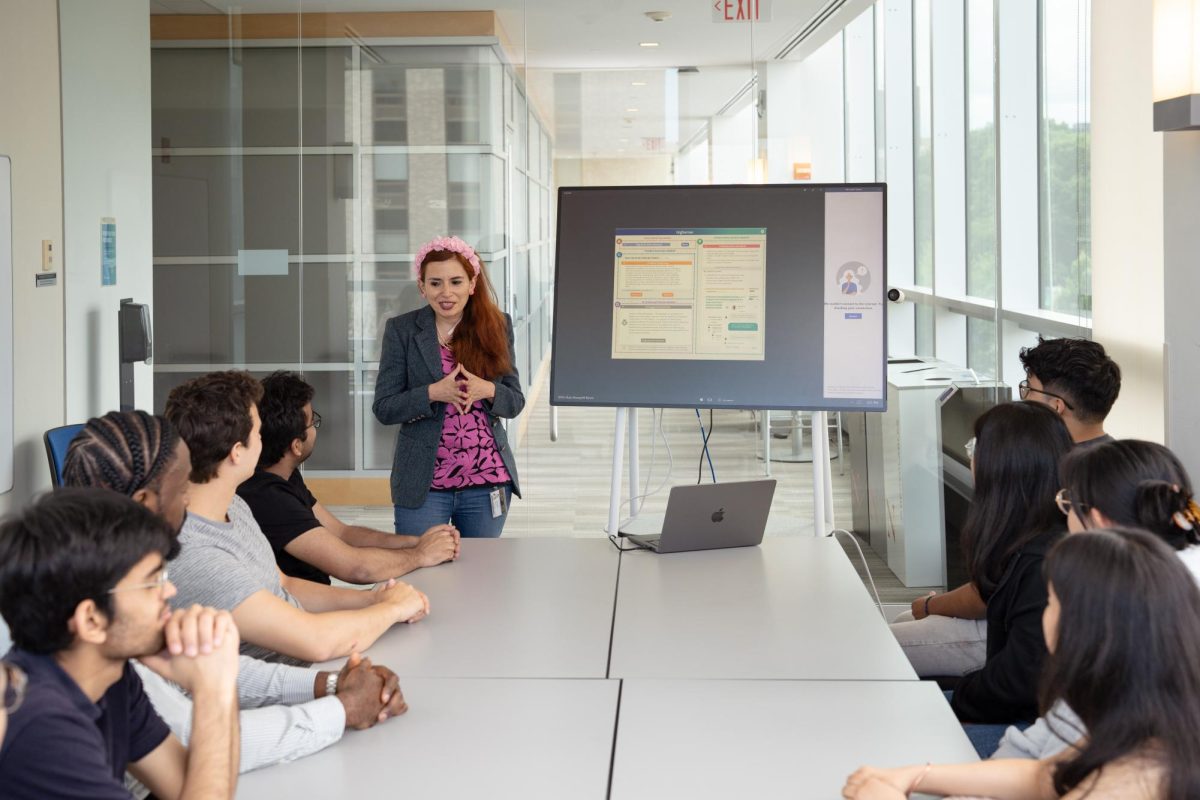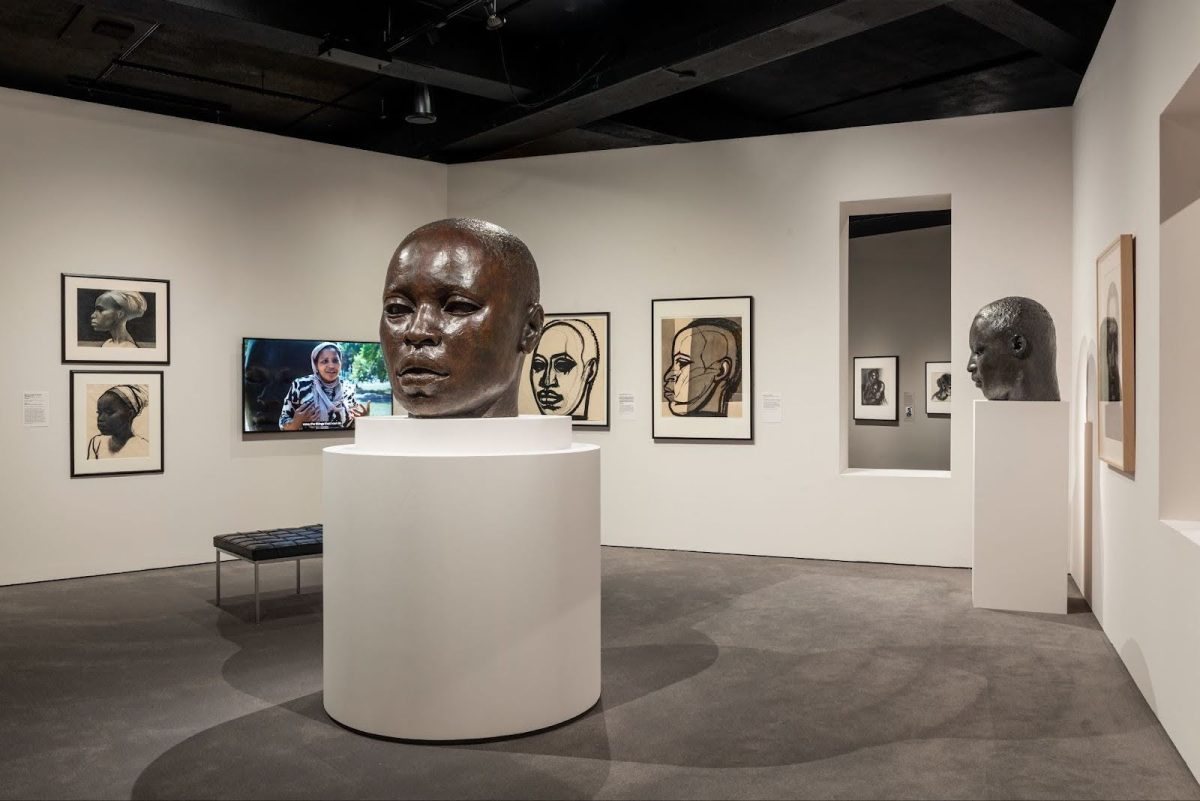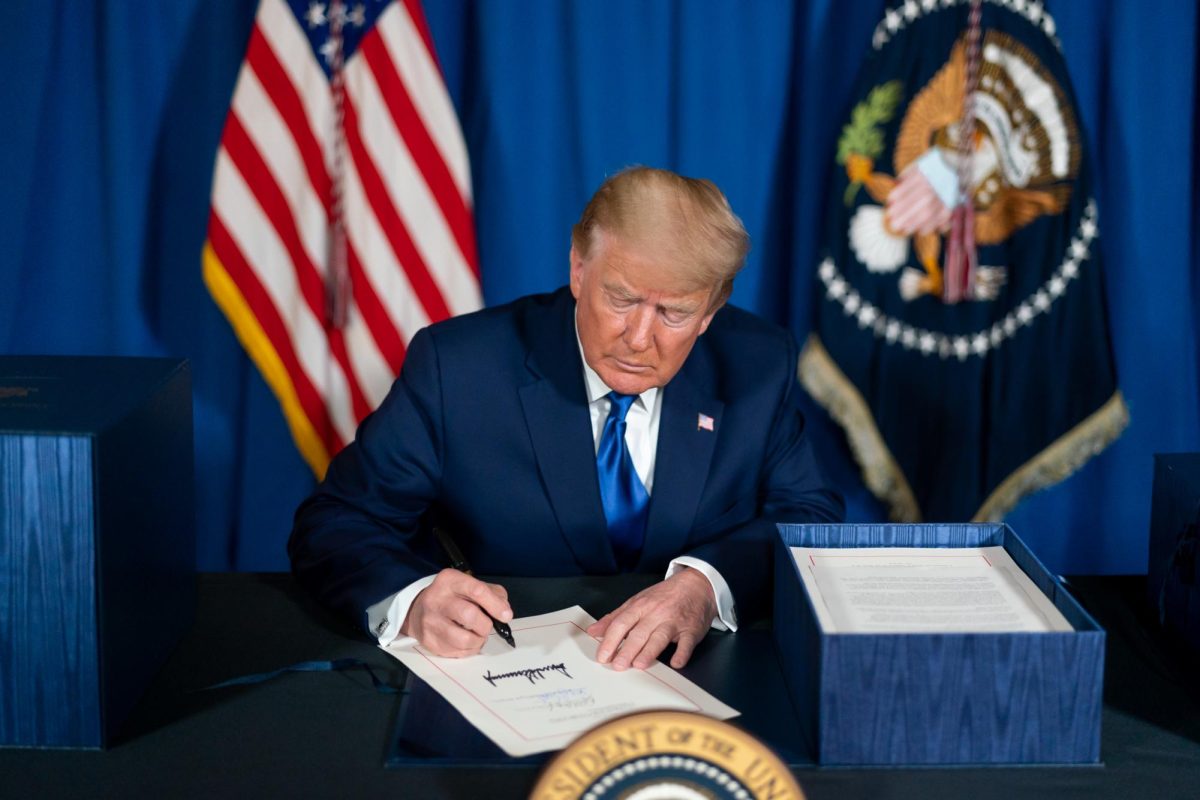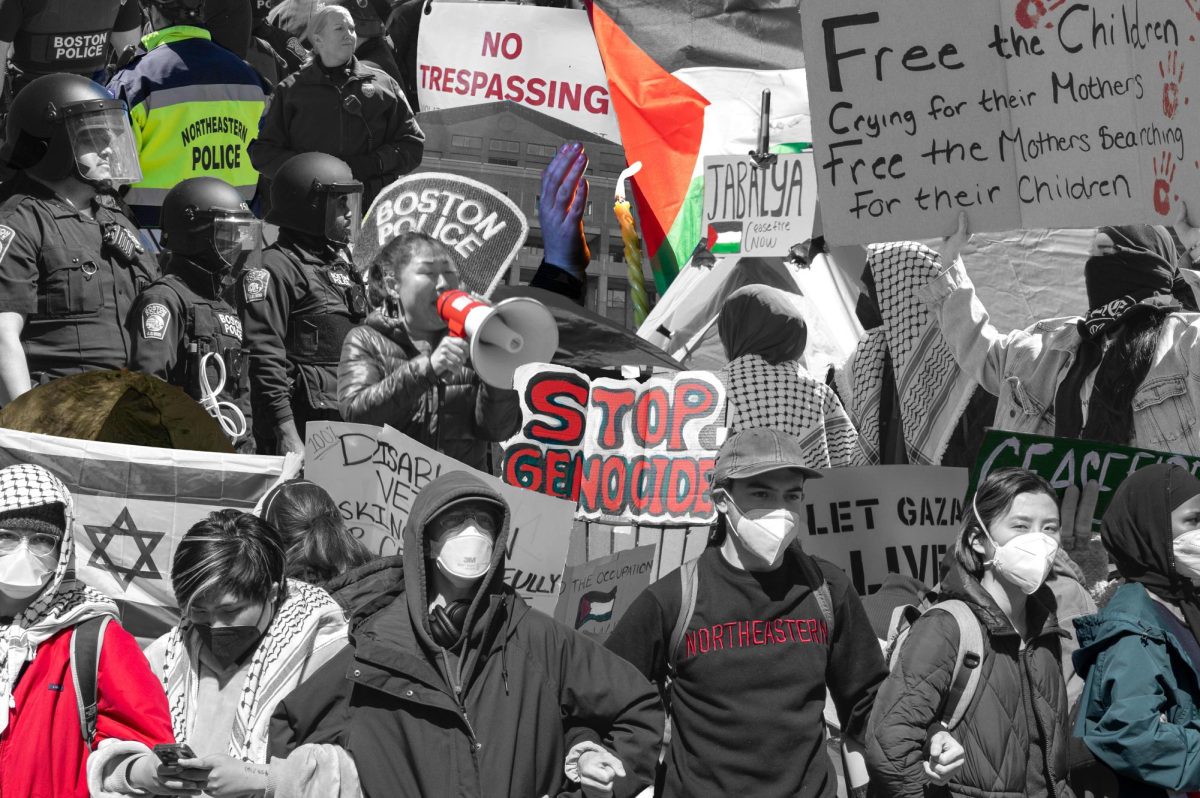Column: ‘Selena Gomez: My Mind & Me’ sets example for mental health advocacy in entertainment
Gomez released her documentary, “Selena Gomez: My Mind & Me,” Nov. 2 on Apple TV+, letting fans in on her journey with mental health over the course of her years in the industry. Photo courtesy Apple TV+.
November 28, 2022
Since the age of 10, when she starred in “Barney and Friends,” Selena Gomez has grown up with her fans.
She released her documentary, “Selena Gomez: My Mind & Me,” Nov. 2 on Apple TV+, letting fans in on her journey with mental health over the course of her years in the industry. From coping with her bipolar disorder diagnosis and struggle with lupus to reminiscing about growing up in Grand Prairie, Texas, Gomez left no stone unturned in sharing her life with her audience.
“To be honest, it was a little bit of a struggle for me to be okay with being that vulnerable, but I do know there is strength in that. And I do hope that can help someone else,” Gomez told Rolling Stone.
In 2015, Gomez revealed she had been diagnosed with lupus, an autoimmune disease primarily affecting the joints and kidneys, for which she received a kidney transplant in 2017. Two years later she was diagnosed with bipolar disorder, a serious mental health condition. The film, directed by Alek Keshishian, shows moving scenes of Gomez coping with the symptoms of these diagnoses in the spotlight, such as planning her “Revival” tour and facing relentless media attention. The singer documents mental breakdowns and the fight to live up to the media’s impossible expectations that over time have become her own, as well as her growing philanthropic endeavors in Kenya with WE Charity. Gomez’s vulnerability is revolutionary for celebrity mental health advocacy.
The entertainment industry has a long history of misrepresenting mental illness. Those who experience mental illness are often portrayed as “unpredictable” and “dangerous” people who should not be role models. Candice Alaska, a mental health advocate with borderline personality disorder, elaborated on Hollywood’s role in creating harmful stigmas for the National Alliance on Mental Illness.
“These representations are usually portrayals of people with mental illness as violent and dangerous, which contribute to harmful stereotypes about mental illness,” Alaska said in her article. “Inaccurate representations of mental illness create barriers to reducing stigma, forcing mental health advocates to work overtime to undo these damaging stereotypes. We need the entertainment industry to start accepting responsibility for the role they have in the mental health movement.”
Gomez is doing just that. In 2020, the actress created the Rare Impact Fund as part of her cosmetic line Rare Beauty, which donates 1% of sales to organizations providing mental health resources. She also documented her experience during her kidney transplant and the toll it has taken on her mental state on Instagram. Her advocacy and vulnerability condemn mental illness stigmas and acknowledge the importance of mental health. She not only encourages those who struggle with mental health to embrace this part of themselves but also acts as a positive representation of a well-loved celebrity with mental health issues. By showing the reality of mental health, Gomez alters the public perception of mental illness and tries to dissipate the taboo surrounding it.
Gomez sets the standard as not only a role model for the mental health community but for celebrity advocacy. She is skillfully using her resources as a high-status figure to set up funds and speak at events, such as the McLean Hospital’s annual dinner, where people heard her discuss her journey with mental health and the importance of accessible resources, such as mental health literacy taught in schools and the hospital’s education webinars.
Gomez reads excerpts from her journal entries periodically throughout the film to show people why being open and honest is tantamount to the evolution of mental health advocacy. Her documentary blows the door wide open for the future of advocacy by showing people no voice is too small. By being open about emotions and discussing how life events impact mental health, anyone can be an advocate. Anyone can break down repressive barriers by embracing their own mental health status and being an open ear to hear other people’s stories.
As Gomez unmasks the negative stigmas of mental health, she is contributing to a revolution. There is a growing presence of therapists on sets of films and television shows, especially when they contain sensitive content.
In 2018, the Film and TV Charity launched a 24-hour phone line in response to Michael Harm’s suicide. Harms was a locations manager for the “Harry Potter” and “Pirates of the Caribbean” series. The idea for the helpline came from Sue Quinn, Harm’s colleague, who worked with the organization to analyze the lack of support in the industry. The insurgence of mental health resources on entertainment sets is fueled by figures like Gomez blatantly showing the critical need for producers, managers and talent companies to rethink the way they structure the environment during filming and how they can use their extensive resources to support their crew. As we watch the singer struggle to understand her mental health in rehearsing for her “Revival” tour and completing endless promotions for her projects, it is essential to ask: What could have been done by production companies and talent managers to ease the stress that comes from the industry?
Throughout the film, the audience sees Gomez evolve with her battles and embrace every aspect of her health. She opens her heart and mind to normalize vulnerability as a strength and a powerful tool for acceptance.
“I’m at peace. I’m angry. I’m sad. I’m confident. I’m full of doubt. I’m a work in progress. I am enough,” Gomez said in the film, “I am Selena.”








